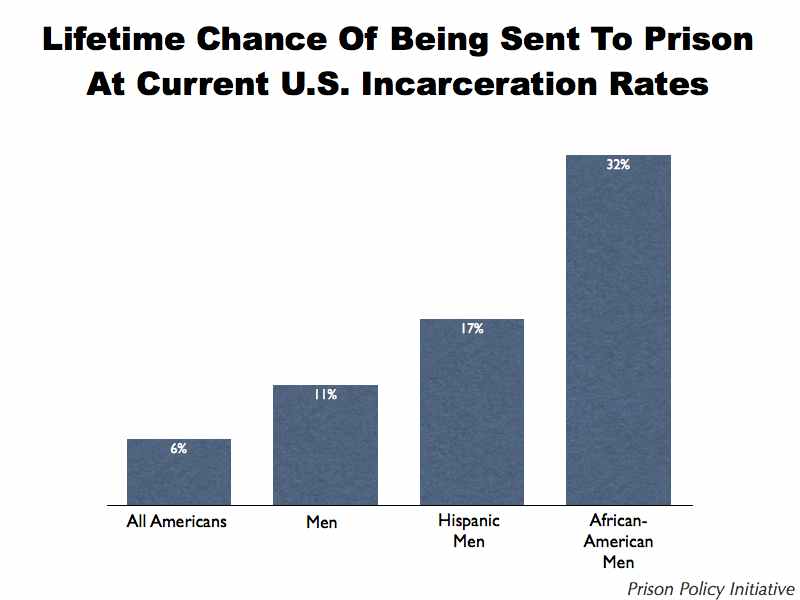


S - Estimates suppressed when the 95% confidence interval is greater than 20 percentage points or 1.2 times the estimate. Given these high rates of connectedness to prisoners. The NSCH includes information on approximately 50,000 children under age 18, with representative samples for each state. This means that about one in four women in the United States currently has a family member in prison. As of 2018, the imprisonment rate of black males. The state-level data used here come from the National Survey of Children’s Health (NSCH). The United States has about 437 prisoners per 100,000 people as of the end of 2019, a 2.6 drop from 2018. Graduation rates vary greatly by state and race. Department of Health and Human Services, Health Resources and Services Administration, Maternal and Child Health Bureau, National Survey of Children’s Health. public high schools recorded a four-year graduation rate of 80 percent for the 2011-12 school year, an all-time high. That’s about 497 sentenced prisoners per 100,000 residents a rate. Children were included if the respondent answered "yes" to the following question: Did the child ever live with a parent or guardian who served time in jail or prison after the child was born?Ĭhild Trends analysis of data from the U.S. In 2020, the incarceration rate of African Americans in local jails in the United States was 465 incarcerations per 100,000 of the population - the highest rate of any ethnicity. Febru Mike Maciag Federal and state authorities accounted for more than 1.6 million prisoners at the end of 2010.


 0 kommentar(er)
0 kommentar(er)
